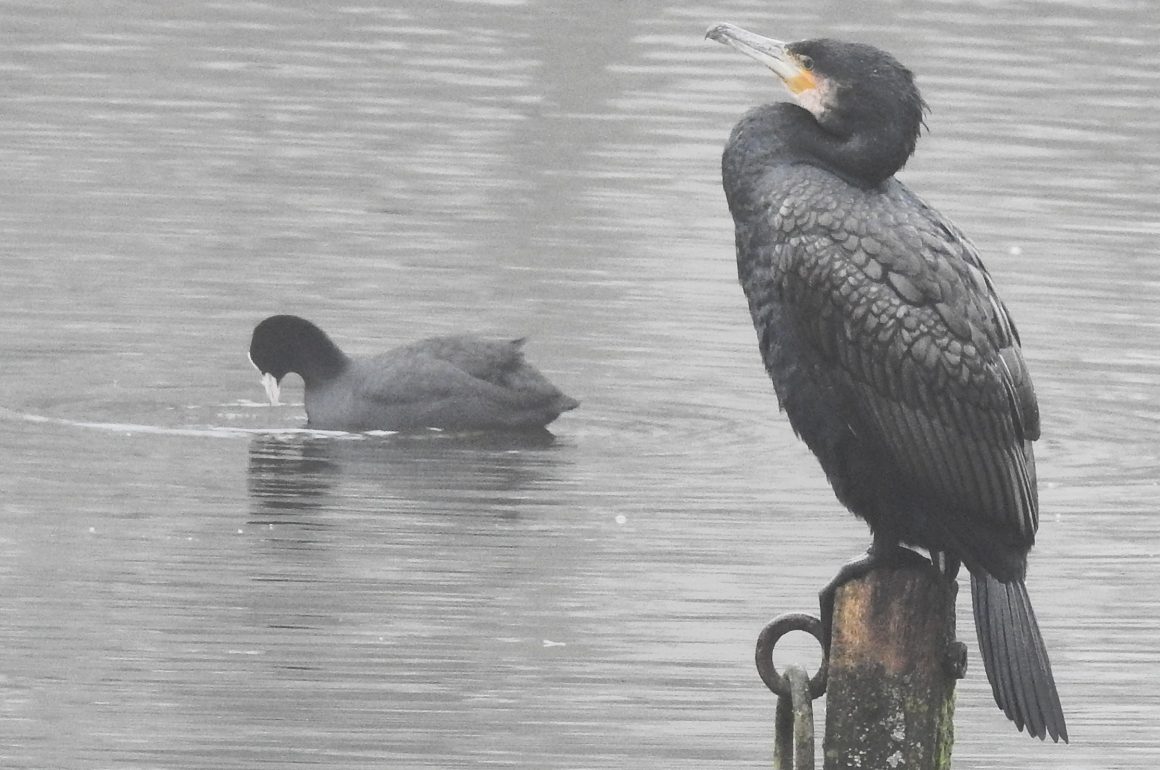
Reactions to my Big Year in Rotterdam have been threefold: [1] your target is ambitious but doable, [2] your target is too high, and you will never reach it and [3] hahahahaha. People in group 1: thank you for your kind support. Those in group 2 and 3…
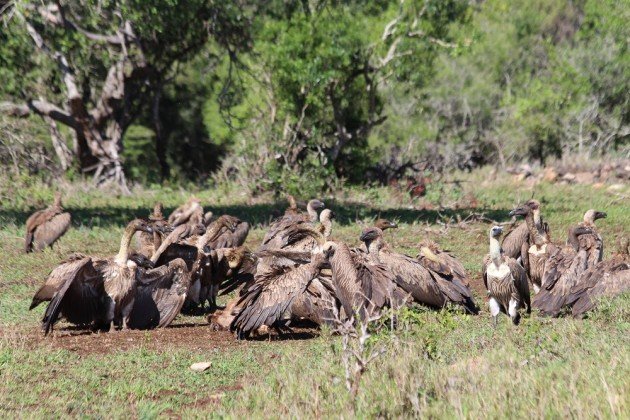
Is there a method to my madness? Well, I did go through a semi-scientific approach based on past data to come to a target. Is it doable though? To reach the lofty goal of 200 birds in a year, I have devised a strategy – what else are management consultants supposed to do – that focuses on common birds, seasonal birds and vagrants. As you may have noticed, my count did not move very fast in the first month of this year (there even were questions in parliament in both Uzbekistan and Vanuatu about this apparent anomaly). That’s because I am after the seasonal birds. Any common bird I will come across will go on the list, but I am really looking for those wintering birds. A fine example of how this part of the strategy works, was when I went out to twitch the Rock Pipit, but also found Common Buzzard, Wigeon and Common Redshank. Unfortunately, the winter guests do not like to stay close to the city centre. I must travel to the Europoort area, which is both far away and hard to reach with public transport. Consequently, I am spending a lot of time chasing preciously few birds. For the winter birds I only have two chances, so this part of the strategy makes sense (to me). These are must-sees and worth the effort. And it will be an effort – for the Arctic Loon or Black-throated Diver I will have to cycle 30 kilometers, find it and then pedal back. Unfortunately, it will be a single tick on the list not two, despite its double name.
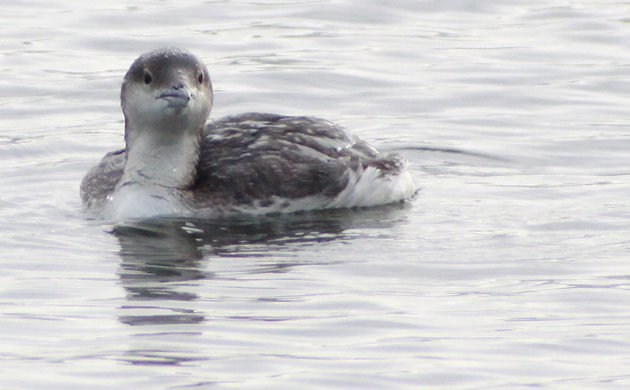
The vagrants will be trickier. Not only will they most likely be in the same, remote areas, but I will depend on the autumn migration only. Spring migration is just less likely to deliver long-staying vagrants. These birds have a clear objective (you know!) and they’re going for it. No lingering… And that matters, because I still have a job which is a massive distraction from birding. So, in spring I will be chasing the common, breeding birds, like the Robin, while hoping for oddballs.
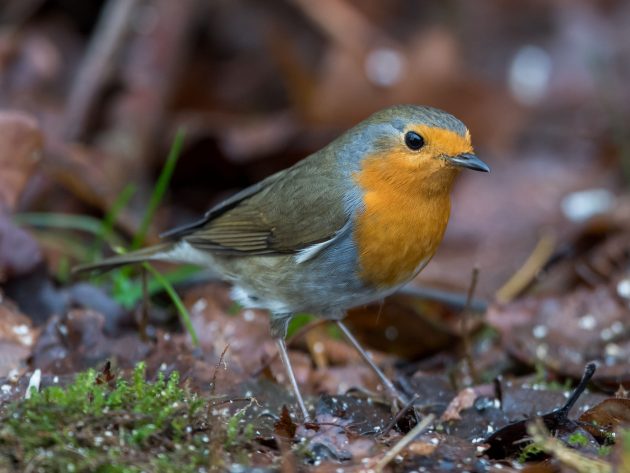
Having said that, oddballs are of all seasons. A typical birding outing involving oddballs would be the one I had last week. There had been a report of a Red-crested Pochard in a canal. I still had to inspect my newly delivered house and I was doggy-sitting. Since my new house is near Het Park, a 100 hectare urban park, the dog and I strolled through the park on our way to the twitch. We lucked upon a Mandarin Duck but dipped on Firecrest. When we arrived at the twitch someone had just been feeding the ducks – an illegal act these days. One of the ducks was our Red-crested Pochard. We forgave the trespasser, felt very holy and gratefully accepted the gift of an easy bird… I say “we” but the dog really was more interested in some discarded chips/fries with mayonaise.
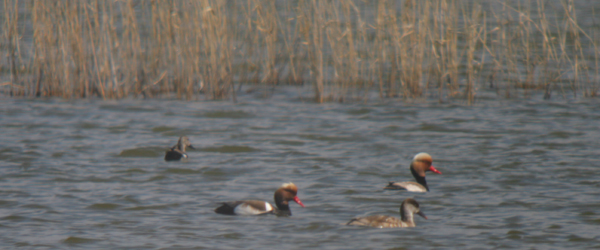
All decent pictures from the 10000birds archive, the rest is by the author. Furthermore, Uzbeks and Vanuatuans do not care about my goal, but we are living in a post-fact world so I can say whatever I want and just call it an opinion.
Big Year Rotterdam, 1 February 2025, 64 species, 136 to go.


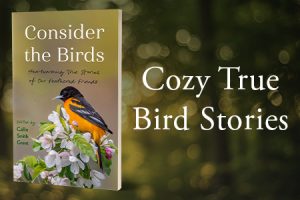


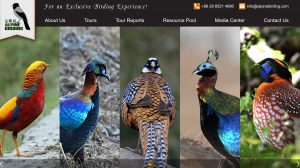

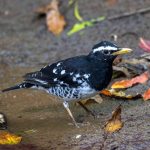
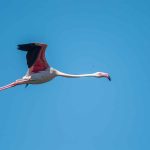
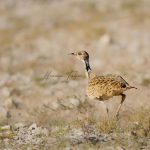
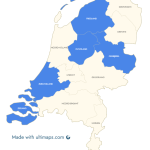
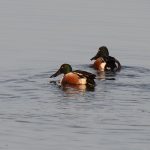
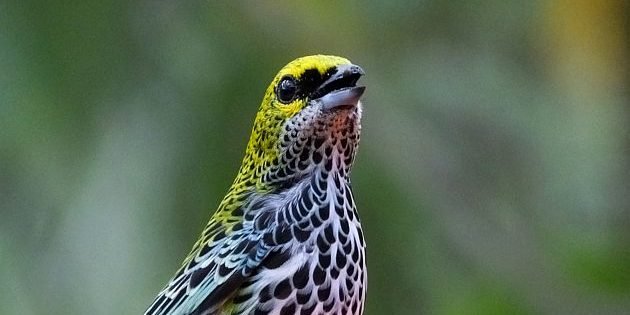
I think I am in group 3, despite being a management consultant myself. And I think you stole my robin photo 🙂
Meanwhile, across the other side of the North Sea, my quest to see 200 species in a year is gaining pace. January produced 133 species, all in East Anglia. However, I allow myself motorised transport, and a much wider geographical area than Peter has to work with. I’m confident that I will reach my target, but I’m not so sure about Peter.
Allez Peter!